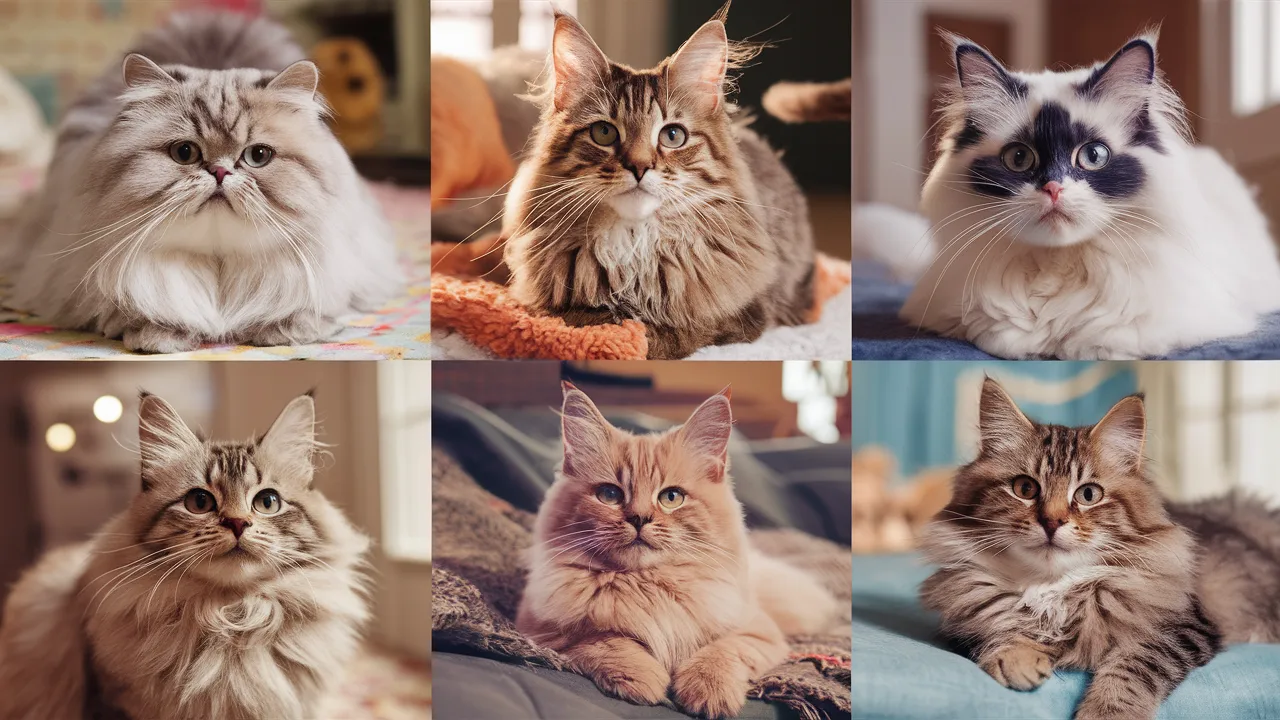Fluffy Cat Breeds:
Introduction
Who doesn’t love a fluffy cat? Those luxuriously soft coatsand fluffy cat breeds (soft cats ), the way they curl up into the most perfect balls of fluff, and the satisfaction of running your fingers through their silky fur are just a few reasons why fluffy cat breeds are so beloved. But there’s more to these cute cats than just their stunning fur. From their unique personalities to specific care needs, fluffy cat breeds offer a world of wonder for feline enthusiasts. In this article, we’ll dive deep into the world of fluffy cats, exploring the most popular breeds, their histories, and how to best care for them.
What Makes a Cat Fluffy?
Genetic Factors
The fluffiness of a cat largely depends on its genetics. Certain breeds have been selectively bred for their long, luxurious coats. These genetic traits ensure that their fur grows longer and often denser than other cats, giving them that coveted fluffy appearance.
Grooming and Care
While genetics play a significant role, grooming and care also impact a cat’s fluffiness. Regular brushing, a proper diet, and overall health care contribute to maintaining a soft, tangle-free coat. Without proper grooming, even the fluffiest of cats can end up with matted fur and skin issues.
Popular Fluffy Cat Breeds
There are numerous fluffy cat breeds, each with its own unique characteristics and charm. Here, we will explore some of the most popular and beloved fluffy cat breeds, providing insights into their histories, physical traits, and care requirements.
Persian Cats
History and Origin
Persian cats are one of the oldest and most recognized cat breeds, with a history dating back to the 1600s. Originating from Persia (modern-day Iran), these cats were brought to Europe by traders and quickly became a favorite among royalty and aristocrats.
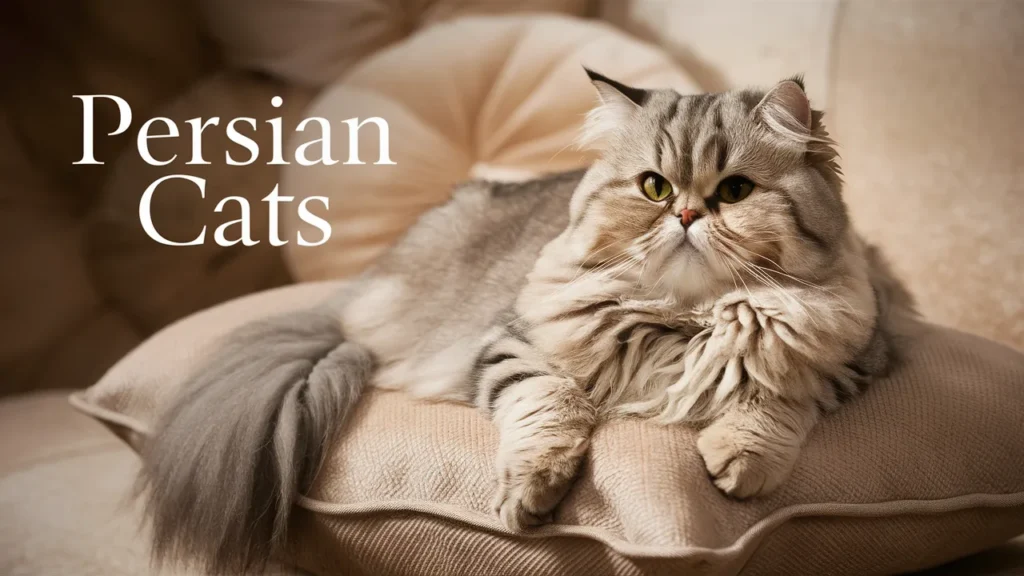
Physical Characteristics
Persians are known for their long, flowing coats, flat faces, and large, round eyes. They have a sturdy build with short legs and a broad body, which adds to their distinctive appearance.
Personality Traits
Persians are renowned for having a serene and kind disposition. They enjoy lounging around the house and are often quite affectionate with their owners. They are not as active as some other breeds, making them ideal for quiet households.
Care and Grooming Tips
Persians require daily grooming to prevent their long fur from matting. Their coats can remain lustrous and clean with regular bathing. Due to their flat faces, they can be prone to respiratory issues, so it’s important to monitor their health closely and provide a clean living environment.
Maine Coon Cats
History and Origin
The Maine Coon is one of the largest domesticated cat breeds, believed to have originated in North America. These cats were likely bred from a mix of domestic short-haired cats and long-haired breeds brought to America by seafarers.
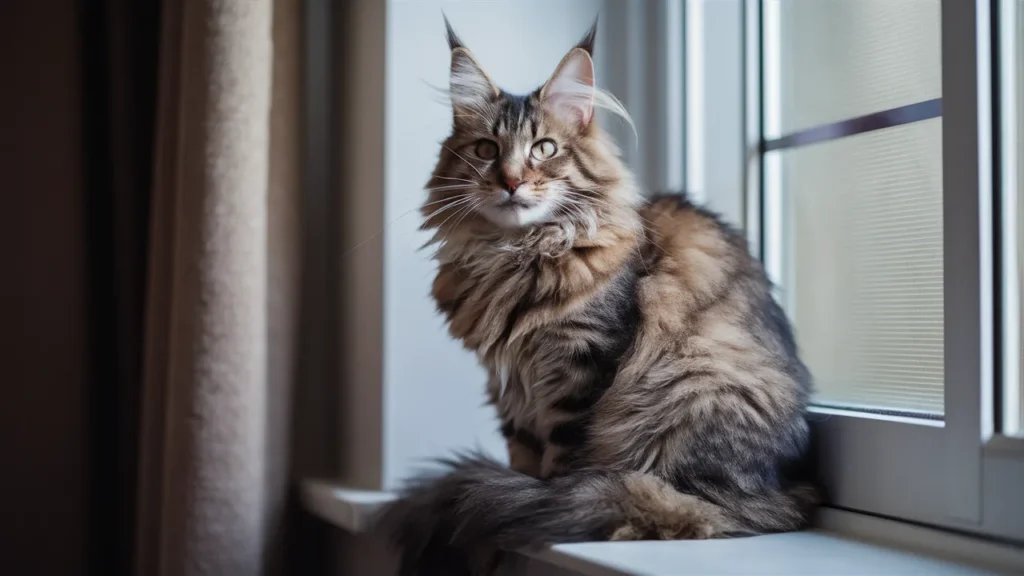
Physical Characteristics
Maine Coons have a rugged appearance with tufted ears, bushy tails, and a thick, water-repellent coat. They are known for their large size and muscular build, which can make them appear even fluffier.
Personality Traits
Maine Coons are friendly, playful, and highly intelligent. They enjoy interacting with their human companions and are known for their dog-like behavior, often following their owners around and playing fetch.
Care and Grooming Tips
Their thick fur requires regular brushing to prevent tangles and mats. They are generally healthy but can be prone to certain genetic conditions like hip dysplasia and hypertrophic cardiomyopathy, so regular vet check-ups are essential.
Ragdoll Cats
History and Origin
Ragdolls were developed in the 1960s in California by a breeder named Ann Baker. They are known for their docile and affectionate nature, which makes them popular as indoor pets.
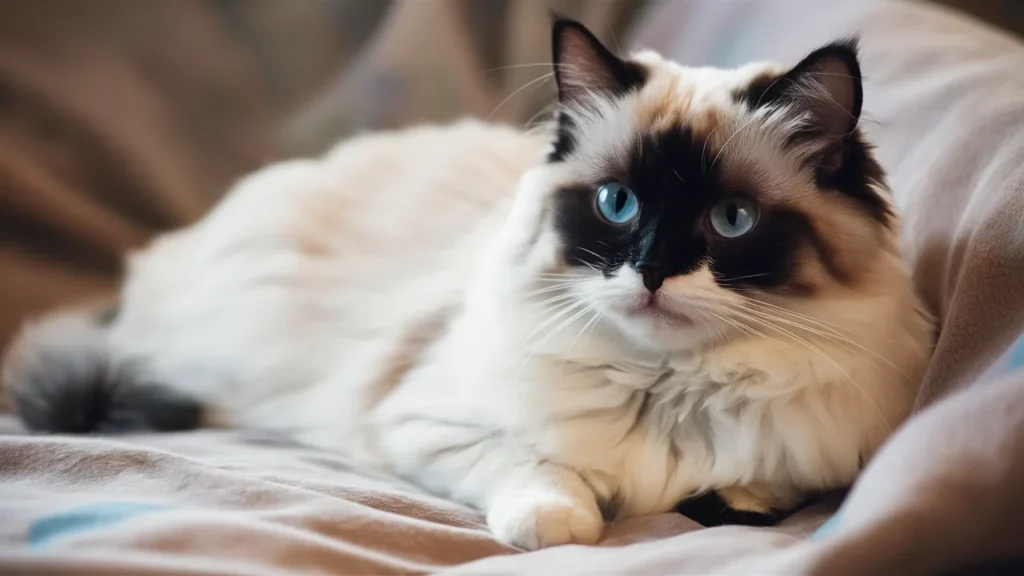
Physical Characteristics
Ragdolls are large, with semi-long fur that is soft and silky. They have striking blue eyes and a color-point pattern similar to Siamese cats, with darker fur on their ears, face, paws, and tail.
Personality Traits
True to their name, Ragdolls tend to go limp and relaxed when picked up, much like a ragdoll. They are extremely affectionate and enjoy being around people, making them great companions.
Care and Grooming Tips
Their coats are less prone to matting compared to other long-haired breeds, but regular brushing is still recommended. They should be kept indoors to protect their laid-back nature and to prevent potential injuries or theft.
Himalayan Cats
History and Origin
Himalayans are a cross between Persian and Siamese cats, developed to combine the Persian’s physical characteristics with the Siamese’s color points. They were officially recognized as a breed in the 1950s.
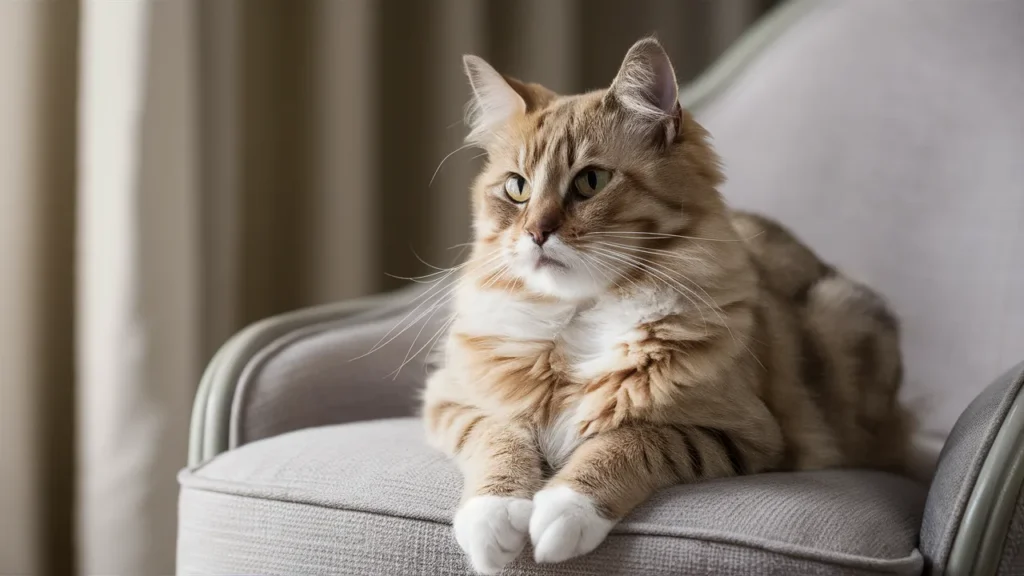
Physical Characteristics
Himalayans share many physical traits with Persians, including their long fur and flat faces. They have striking blue eyes and a color-point pattern, making them look like a fluffy version of Siamese cats.
Personality Traits
Himalayans are affectionate and gentle, similar to Persians, but they can be more playful and energetic. They enjoy interactive play and can be quite vocal, often communicating with their owners.
Care and Grooming Tips
Daily grooming is necessary to maintain their beautiful coats. Their flat faces can lead to breathing problems, so it’s crucial to monitor their health and provide a stress-free environment.
Norwegian Forest Cats
History and Origin
Norwegian Forest Cats, also known as “Wegies,” have a rich history dating back to Viking times. These cats are natural athletes, originally hailing from the forests of Norway.
Physical Characteristics
These cats have a thick double coat, tufted ears, and a bushy tail, all of which help them survive in cold climates. They are medium to large-sized, with a muscular build.
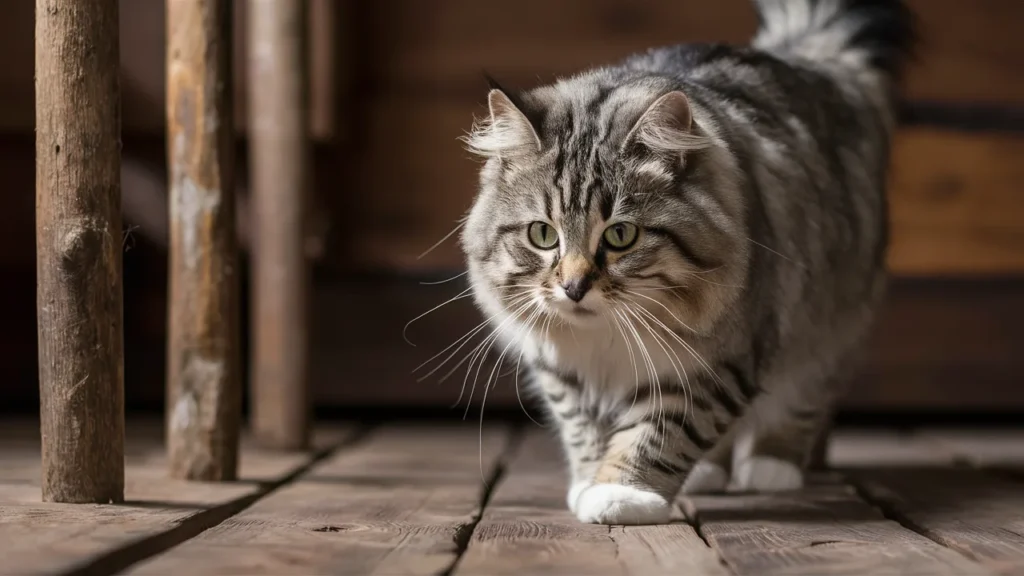
Personality Traits
Wegies are known for their independence and intelligence. They enjoy climbing and exploring, making them great for active households. They are friendly but not overly demanding of attention.
Care and Grooming Tips
Regular grooming is necessary for their double coat, particularly during the shedding season. They are generally healthy but should be checked for common feline issues like dental problems and obesity.
Birman Cats
History and Origin
Birmans, also known as the “Sacred Cat of Burma,” have a mysterious history with legends linking them to temple cats in ancient Burma. The early 20th century saw its introduction to Europe.
Physical Characteristics
Birmans have a semi-long, silky coat with a color-point pattern and white “gloves” on their paws. They have a sturdy build and striking blue eyes.
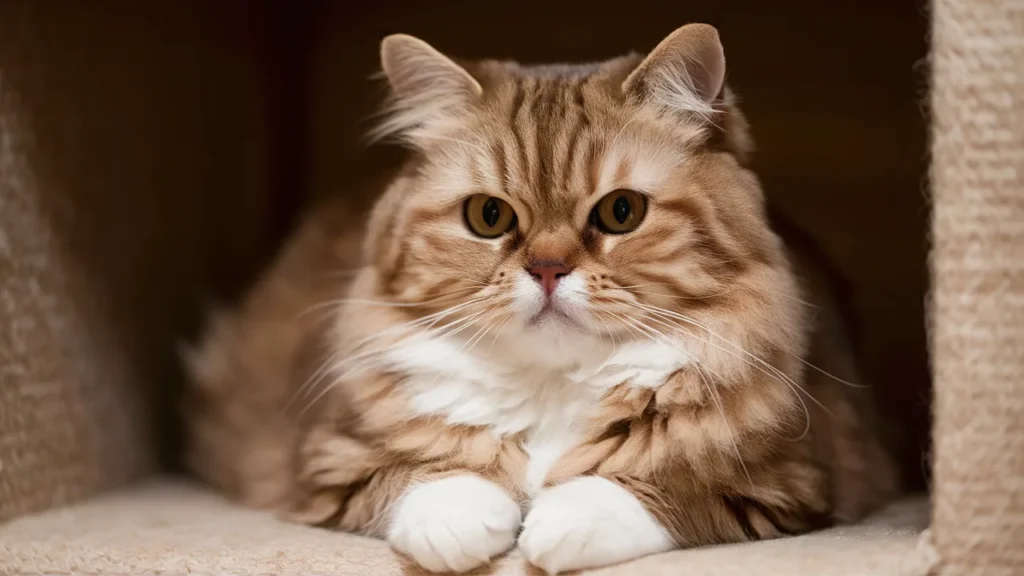
Personality Traits
Birmans are sociable, affectionate, and people-oriented. They enjoy the company of their human families and are known for their gentle and playful nature.
Care and Grooming Tips
Their fur is less prone to matting but should still be brushed regularly. They are generally healthy but can be prone to certain genetic conditions, so regular vet visits are recommended.
Siberian Cats
History and Origin
Siberians are an ancient breed from Russia, with a history dating back over a thousand years. They are known for their resilience and adaptability to harsh climates.
Physical Characteristics
Siberians have a dense, triple-layered coat that is water-resistant. They are medium to large-sized with a strong, muscular build and expressive eyes.
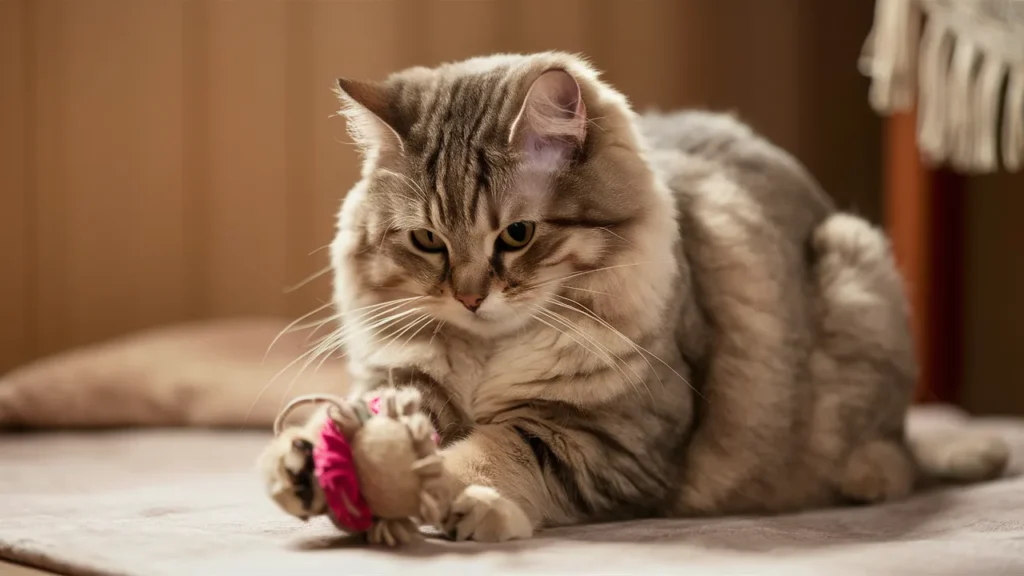
Personality Traits
Siberians are affectionate, playful, and highly intelligent. They enjoy interactive play and are known for their dog-like loyalty to their owners.
Care and Grooming Tips
Regular grooming is needed to manage their thick coats. They are generally healthy but should be monitored for common feline issues like dental problems and obesity.
Scottish Fold Cats
History and Origin
Scottish Folds are named for their unique folded ears, a result of a natural genetic mutation. They originated in Scotland in the 1960s and quickly gained popularity worldwide.
Physical Characteristics
Scottish Folds can have short or long fur, with a dense and soft texture. Their most distinctive feature is their folded ears, which give them a unique, owl-like appearance.
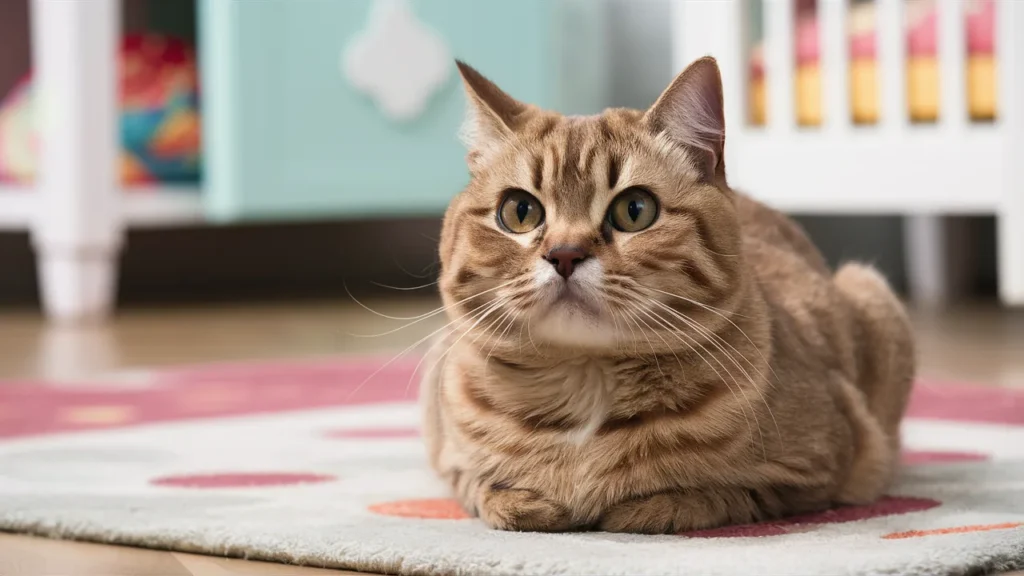
Personality Traits
Scottish Folds are affectionate, playful, and enjoy being around people. They are known for their sweet temperament and adaptability to different living environments.
Care and Grooming Tips
Regular grooming is necessary, especially for long-haired varieties. They can be prone to certain genetic conditions affecting their joints, so it’s important to monitor their health closely.
Turkish Van Cats
History and Origin
Turkish Vans are an ancient breed from the region of Lake Van in Turkey. They are known for their unique swimming ability and love of water.
Physical Characteristics
Turkish Vans have a semi-long, water-resistant coat with distinctive markings, usually a white body with colored patches on the head and tail. They have a strong, muscular build.
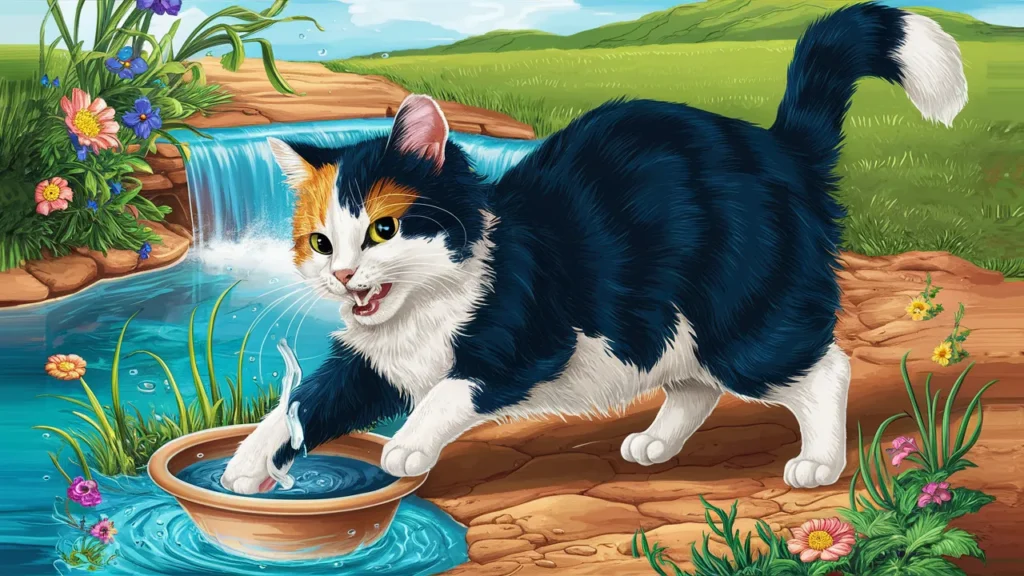
Personality Traits
Turkish Vans are active, playful, and intelligent. They enjoy interactive play and are known for their love of water, often dipping their paws or even swimming.
Care and Grooming Tips
Their coat requires regular brushing to prevent tangles. They are generally healthy but should be monitored for common feline issues like dental problems and obesity.
British Longhair Cats
History and Origin
British Longhairs are a variant of the British Shorthair, developed by crossing them with Persian cats. They gained recognition as a distinct breed in the 20th century.
Physical Characteristics
British Longhairs have a dense, plush coat with a broad, sturdy body. They have round faces with large, expressive eyes, giving them a teddy bear-like appearance.
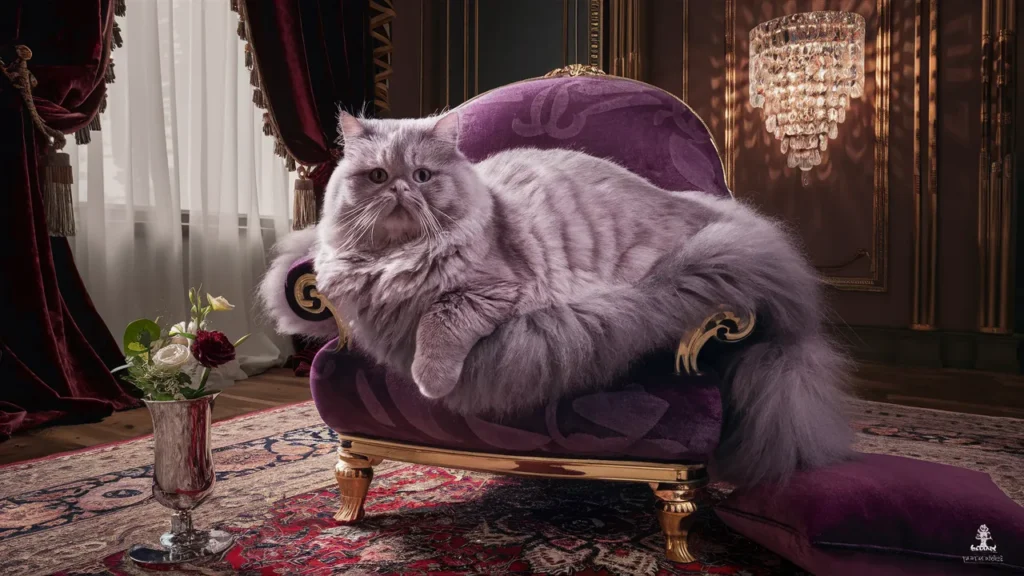
Personality Traits
British Longhairs are calm, affectionate, and enjoy a relaxed lifestyle. They are less active than some other breeds, making them ideal for quieter households.
Care and Grooming Tips
Regular grooming is necessary to maintain their plush coats. They are generally healthy but should be monitored for common feline issues like obesity and dental problems.
How to Care for Fluffy Cats
Grooming Essentials
Regular grooming is crucial for fluffy cats to prevent mats and tangles. Invest in a good-quality brush and comb, and make grooming a part of your daily routine. Baths may also be necessary for some breeds to keep their coats clean and healthy.
Diet and Nutrition
A balanced diet is essential for maintaining a healthy coat. High-quality cat food with the right nutrients can help keep their fur shiny and reduce shedding. Consult your vet for diet recommendations specific to your cat’s breed and health needs.
Health Considerations
Fluffy cats can be prone to certain health issues, such as respiratory problems in flat-faced breeds or genetic conditions like hypertrophic cardiomyopathy. A healthy lifestyle and routine veterinary examinations can help prevent and treat these illnesses.
Conclusion
Fluffy cat breeds offer more than just their beautiful coats; they bring unique personalities and endless joy to their owners. From the regal Persian to the playful Maine Coon, each breed has its own charm and care needs. Choosing the right fluffy cat for your home depends on your lifestyle and the level of care you can provide. With proper grooming, a balanced diet, and regular health check-ups, your fluffy feline friend will thrive and bring you years of companionship and love.
FAQs
What is the fluffiest cat breed?
The Persian cat is often considered the fluffiest due to its long, luxurious coat and dense undercoat.
Do fluffy cats require more grooming?
Yes, fluffy cats typically require more grooming to prevent mats and tangles and to keep their coats healthy and clean.
Are fluffy cats hypoallergenic?
No, most fluffy cats are not hypoallergenic. They can produce more dander, which can trigger allergies in sensitive individuals.
What is the average lifespan of fluffy cat breeds?
The average lifespan of fluffy cat breeds varies but generally ranges from 12 to 15 years, with some breeds living even longer with proper care.
Can fluffy cats be indoor pets?
Yes, fluffy cats can be excellent indoor pets. Many fluffy breeds, such as the Persian and Ragdoll, prefer indoor living due to their calm and gentle nature.
